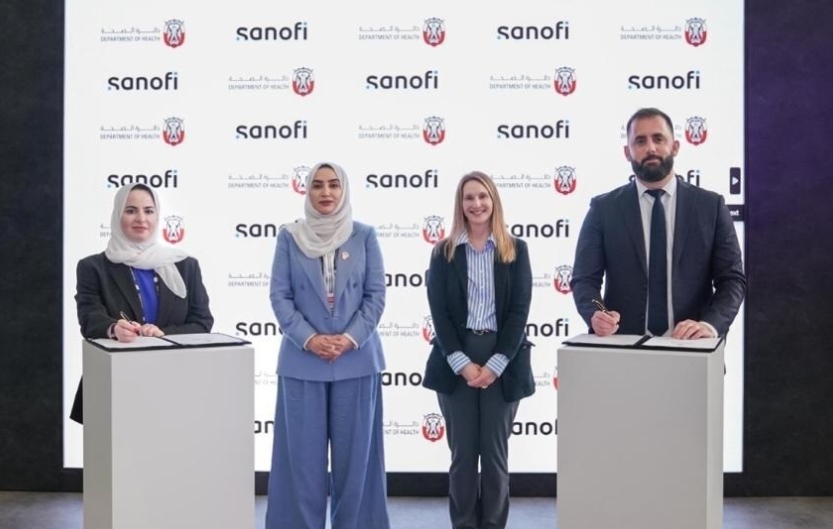
Photo Credit: Youtube
The neurovascular thrombectomy devices market in the Asia-Pacific (APAC) region is expected to grow at a compound annual growth rate (CAGR) of about 6% between 2020 and 2025, says GlobalData, a leading data and analytics company.
GlobalData's latest report, ‘Neurovascular Thrombectomy Devices (Neurology Devices) – Global Market Analysis and Forecast Model (COVID-19 market impact)', reveals that advancements in the neurovascular thrombectomy devices have played an important role in improving the success and safety of thrombectomy procedures in the region.
Minith Kumar, Medical Devices Analyst at GlobalData, comments: “Medical device manufacturers have focused on reducing procedural complications related to these devices, thereby increasing the number of procedures performed.”
In 2019, Japan accounted for about 65% of the APAC neurovascular thrombectomy devices market, followed by South Korea and China, which together contributed about 27%. Medtronic is the leading player in the region, followed by Stryker and Penumbra.
The adoption of thrombectomy devices varies from country to country in the region. The growth is significant in developed countries such as Japan, South Korea, and Australia due to their better and advanced healthcare infrastructure.
However, in developing countries such as India, the growth is currently less due to fewer centers performing these procedures and less number of specialists available.
Mr Kumar concludes: “The innovative stent retrievers and aspiration catheters represent the next generation of technology designed to improve neurovascular thrombectomy procedures’ success rates. These technologies can reduce procedure times, improve revascularization rates and translate to better functional outcomes for patients. This is expected to translate into more number of thrombectomy procedures performed in the region going forward.”




